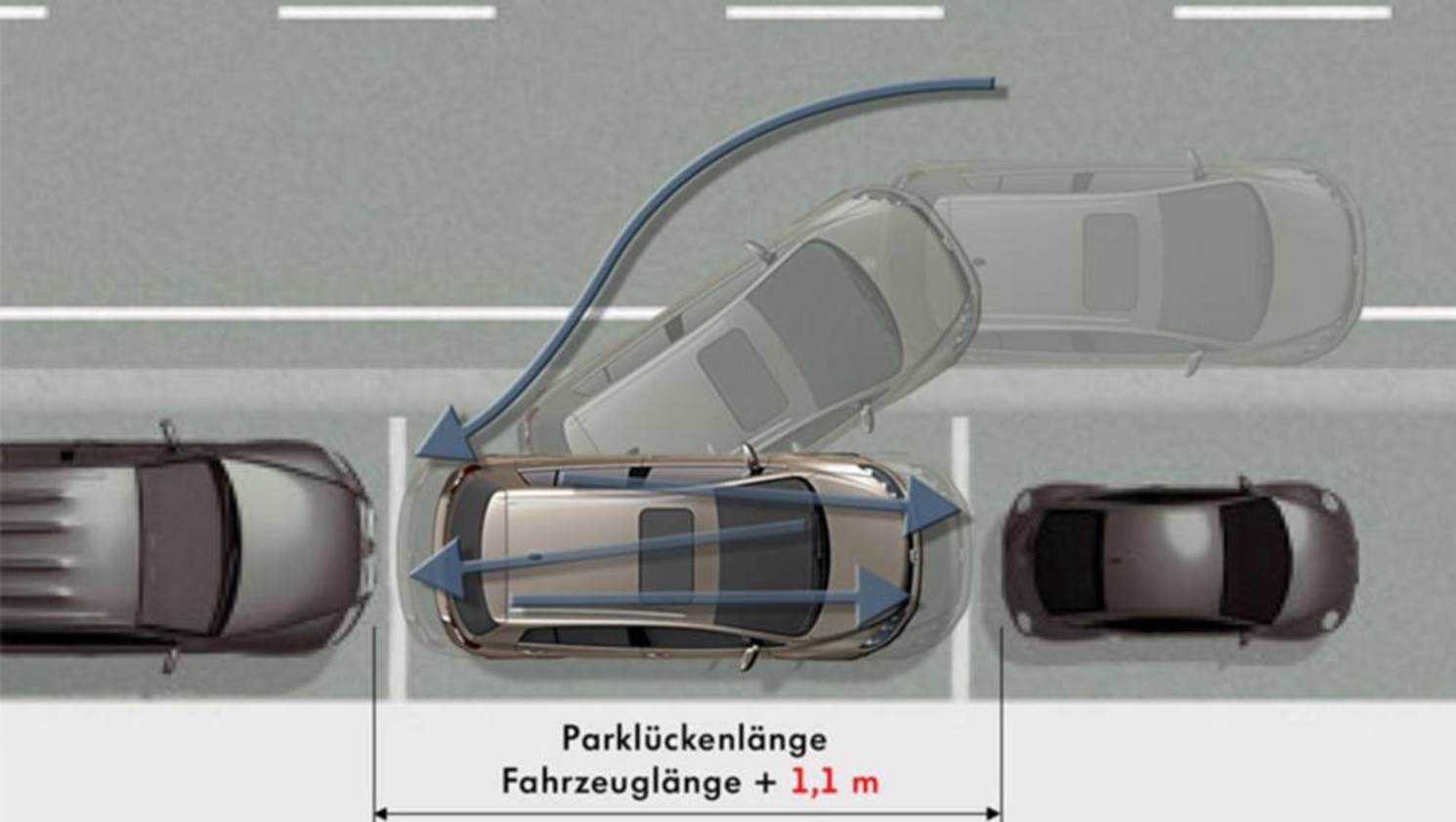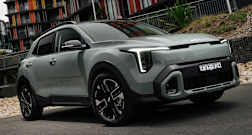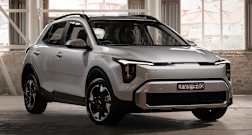Even the most hardened motoring enthusiasts – the type who wear their driving shoes to pop to the shops and who mutter under their moustaches about the woes of automatic gearboxes – rarely complain about cars with automatic parking programs, otherwise known as cars that park themselves.
And that’s because, no matter how much you might hate the relentless march of technology, you almost certainly hate parking more. And why wouldn’t you? In the UK, for example, the dreaded reverse parking section is the most-failed component of the driving test. And in Australia, parking mishaps are responsible for more minor damage to our cars than any other type of bingle. Even if you’re surgical with your parking skills, there’s no guarantee the people who park in front, behind or on top of you will be.
Enter, then, the automatic parking system, which has put the traditional reverse and parallel park on the endangered species list. Perhaps unsurprisingly, the breakthrough occurred in tech-obsessed Japan back in 1999. Auto giant Toyota designed a new parking aid, which it called its Advanced Parking Guidance System, showing a penchant not just for new tech, but for catchy names, too.
Rudimentary, yet revolutionary, the driver could identify a parking spot, then use touch-screen arrows to select the space before the car steered itself into it, with the driver controlling the pedals. That car parking system didn’t hit the mass market until 2003, and by the time it arrived in Australia it was fitted only to the six-figure Lexus LS460.
The system, while clever, was clumsy and ferociously slow. But it was a critical moment for the technology, and it would only be a matter of time before the automatic car parking system got both better and cheaper.
And that time is now. Park assist technology now arrives either as standard or as a low-cost option on a huge range of new cars. And not just on the premium brands, either - you no longer have to part with your life savings to secure an auto-parking car. The systems might vary – some are quicker and easier to use than others, and the better programs can reverse you into a traditional shopping centre spot as well as parallel park – but cars with park assist systems now appear right across the new-vehicle range, from affordable city-sized runabouts to the pricey premium marques.
Most systems require you to control the accelerator or the brake – otherwise prangs would be too difficult to explain.
The Volkswagen Golf Park Assist system, for example, is a $1,500 option on most trim levels, while the Nissan Qashqai Park Assist system is included as standard fare on the top-spec models, which start at $34,490. Holden’s VF Commodore offers the technology as standard equipment right across its range, while Ford introduced it on its budget-friendly Focus in 2011.
“It’s very clever,” says Nissan’s PR boss, Peter Fadeyev. “It’s one of many advanced technologies to quickly cascade from much more expensive vehicles into more popular cars like the Qashqai.”
All automatic parking systems – which also go by the names park assist, parking assist, auto park assist or rear park assist, depending on the manufacturer – work in the same basic way. When the system is activated, your car uses radar (the same type used for adaptive cruise control) to scan the side of the road or potential spaces in a carpark. When it spots something if thinks you can fit into, a chime will generally sound, before the electric motor that puts the power into your power steering takes over the wheel, manoeuvring into the spot better than most experts could.
Front and rear parking sensors ensure you don’t connect with anything in front or behind you, while your reversing camera allows you to double check that all is going well. Most systems require you to control the accelerator or the brake – otherwise prangs would be too difficult to explain. It’s a nerve-wracking thing, letting your car’s electronic brain guide your car between two others. Trust is critical, but it takes some getting used to.
And so the auto-park future is now, and those annoying shopping centre bingles will soon be relegated to the past. Now if only they'd invent a car that can wash itself, too.











